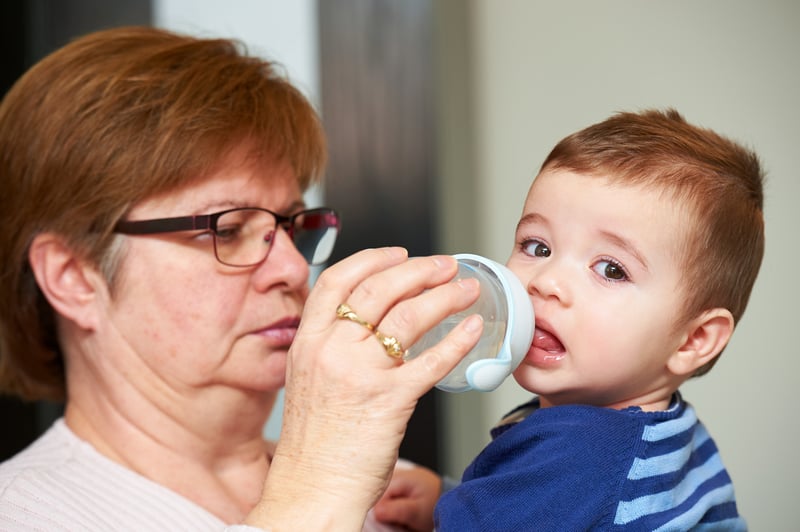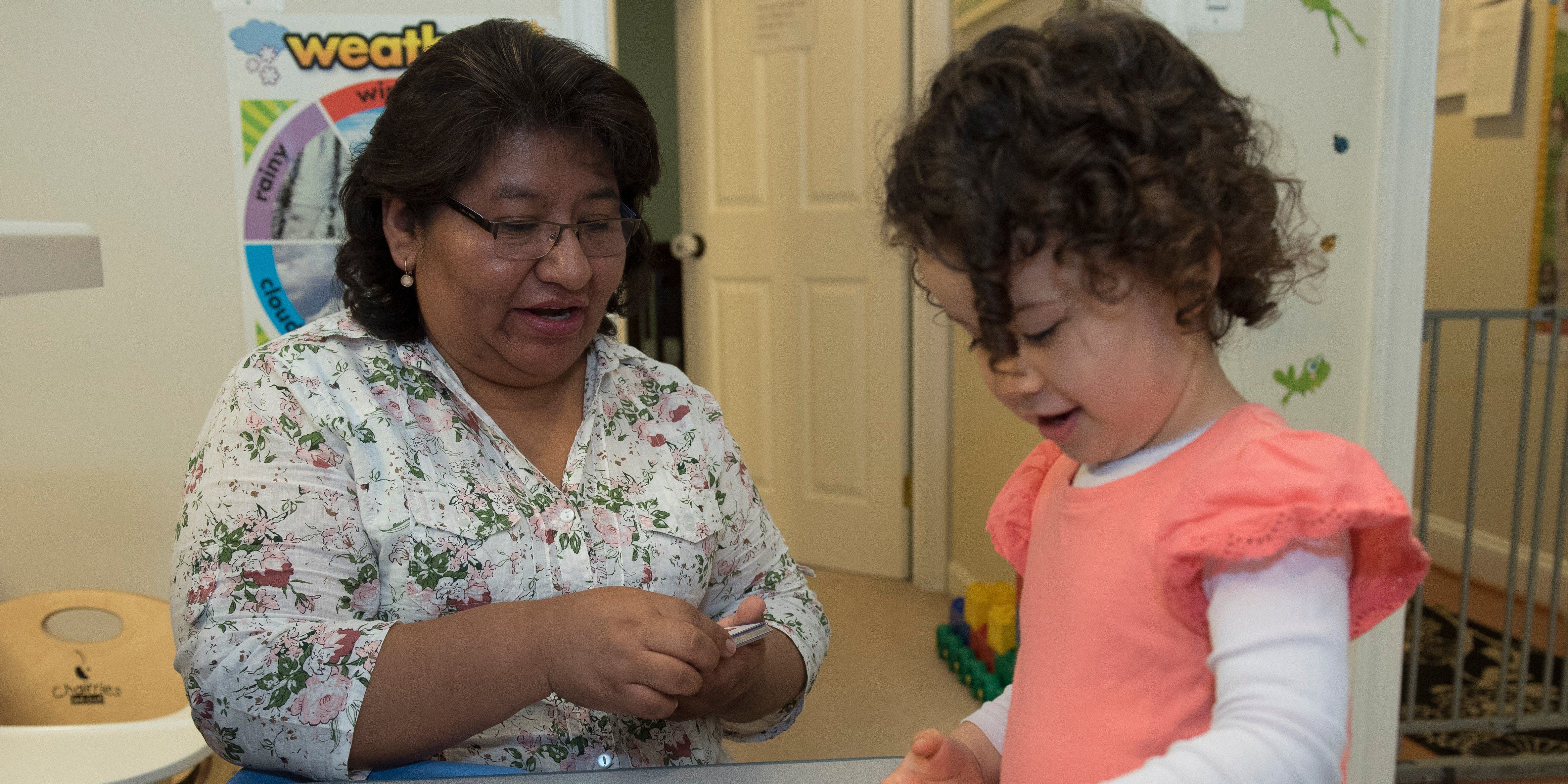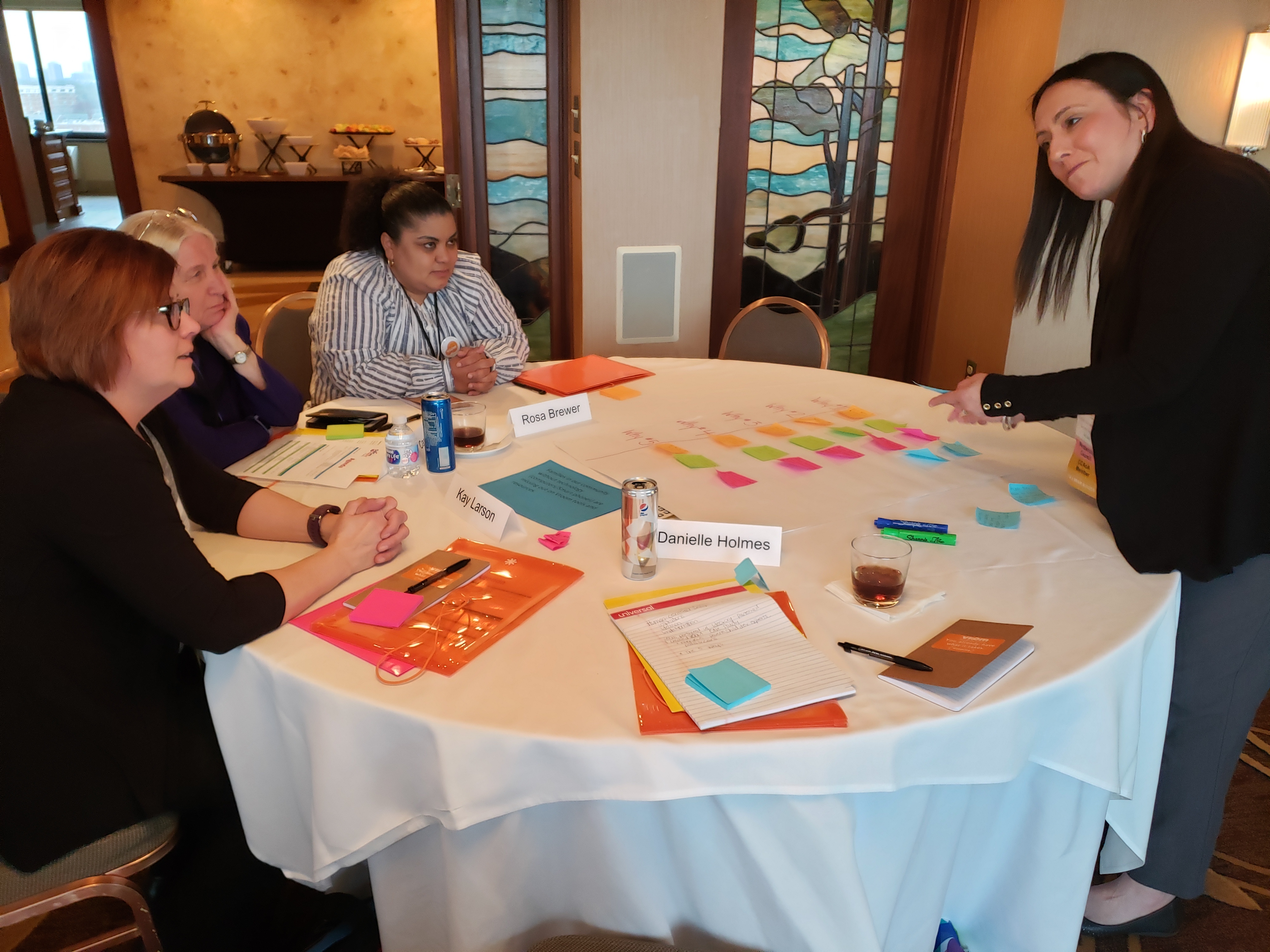
This Monday, September 16, The New York Times ran an op-ed highlighting the importance of rational inclusion and exclusion policies for sick children in early childhood education settings. We at Child Care Aware® of America are excited that this important issue is getting attention, and thank the Times for underscoring the ramifications of inclusion and exclusion policies that are overly cautious and require children to see a doctor for many minor illnesses that do not warrant a doctor’s office visit.
We recently wrote a blog post on Understanding When and Why Sick Kids Should Stay Home, which discusses how child care providers can determine if a child is too sick for care based on the Caring for Our Children National Health and Safety Standards. These standards are research-based and developed in collaboration with the American Academy of Pediatrics. The Caring for Our Children’s Inclusion/Exclusion Due to Illness standard is a great place for providers and CCR&Rs to start when developing their inclusion/exclusion policies.
When developing inclusion and exclusion policies, providers should always make sure that the policies meet state licensing requirements. Some state rules specify when a child must be sent home.
Child care providers are already doing great things every day to ensure children in their care are healthy. Some of these practices, such as daily health checks are a great way for providers to take a few moments to notice how each child is looking, feeling and acting when they first arrive. That will make it easier to notice if the child’s behavior or symptoms change throughout the day.
Child care providers should consider the following questions, and if they answer “yes” to any of them, they should consider sending a child home. Do the symptoms:
- Prevent the child from participating comfortably in activities?
- Require care that is greater than the staff can provide without compromising the health and safety of other children?
- Pose a risk of spread of harmful diseases to others?
We also acknowledge how difficult it is to make these calls as a child care provider. To help providers and CCR&Rs navigate creating or updating their inclusion/exclusion policies, Child Care Aware® of America is hosting a webinar on the subject on October 21st. Dr. Nicola Chin, Assistant Professor at the Morehouse School of Medicine, and Theresa Rapstine, MS, RN, Child Care Health Consultant Coordinator with Healthy Child Care Colorado will be discussing the best practices and science behind national inclusion/exclusion policies and how child care providers can modify their care to accommodate children who are not feeling well, but don’t need to be sent home.
This is clearly a timely subject, and we hope providers, CCR&Rs and anyone interested in child care is able to join us to learn more about how to help children stay in care, even when they’re feeling a little under-the-weather.






